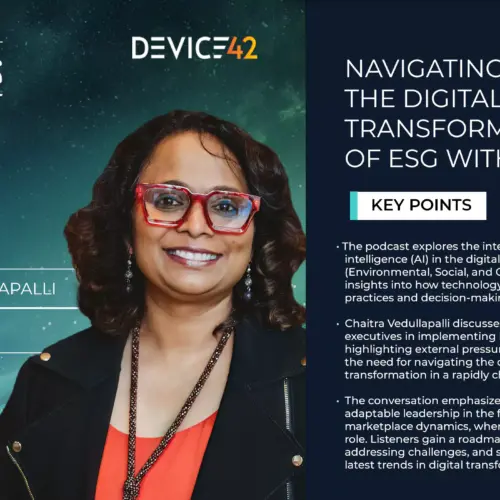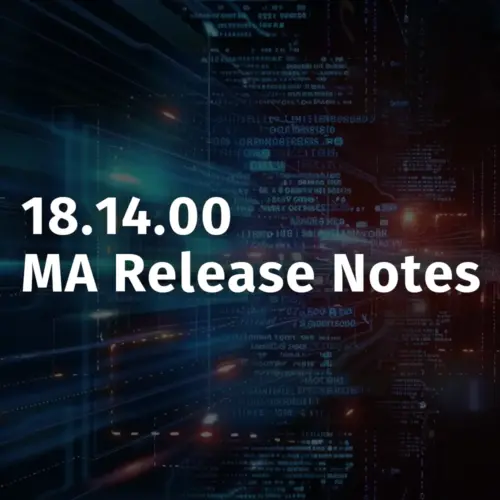
There is a Chinese proverb that might well serve IT asset managers today:
The best time to plant a tree is 30 years ago. The second-best time is today.
Before you spend too much time lamenting your organization’s degree of preparedness for the new remote culture, consider the fact that you can do something about it right now.
Many organizations have spent extensive time, effort and resources preparing a Business Continuity Plan in accordance with the ISO Standard. However, prepared or not, they will need to adapt and overcome the new challenges facing the world today while continuing to protect themselves against unforeseen forthcoming risks.
Understanding the landscape of the new remote culture is an important first step in establishing a firm foundation for the future. Let’s take a look at a few ways this new remote culture will impact IT asset management (ITAM) and disaster recovery (DR):
Procuring, Tracking and Deploying Assets
The return to the workplace relies heavily on testing availability and a vaccine. With neither on the foreseeable horizon, the majority of workplaces will not be returning entirely to normal any time soon.
The hardware and software that has been massively relocated and deployed requires immediate management attention. As IT managers work to deploy hardware (sometimes outdated hardware), track stock levels, or develop procurement processes that are often employee driven, brand new scenarios–never before considered on this scale–arise every day.
The urgent nature of the crisis that spurred the new remote culture required a reactive response that significantly deviated from most companies’ best practice policies. In many cases, IT managers were flying blind and some still are.
Companies will continue using assets and technology already in their stack. They will adopt new technology and solutions that have yet to be created. License and auditing concerns will persist, new complexities will arise and IT asset managers must be prepared to pivot in order to maintain control over and efficiency within their digital environments.
Software Consumption Will Continue to Surge
With an unprecedented reliance on remote communication to support business continuity, new challenges face IT managers as they work to enable effective and safe usage of these software platforms. Free trials may convert to expensive subscriptions, audit requirements may intensify, etc.
IT asset managers who, in the past, have not devoted much time or energy reviewing the spending patterns on SaaS consumption, may want to reconsider. That spending is now likely to become increasingly disjointed as decisions are being made at department levels–or maybe even at individual employee levels.
Communication must reinforce prohibited software installations and an increased importance must be placed on cloud migration and integrated into corporate strategies.
Inventory tracking will become increasingly important for software infrastructure. Having this information and containing it centrally within a configuration management database (CMDB) is essential for restoring from backup during a disaster. Even if a backup fails or is incomplete, you’ll still be able to restore your data center to full function, faster, because you’ll be able to understand what’s missing.
Digital Transformation Will March On
If you spoke to ten IT asset managers about business continuity and digital transformation, you would likely get ten very different definitions, strategies and roadmaps for the future.
These ideas mean different things to different organizations. And those ideas continue to evolve–especially now.
Organizations that are taking digital transformation seriously will be better prepared in times of disaster. And they will be able to recover much faster than those who find themselves unprepared.
IT asset managers are often focused wholly on technology. But if businesses are to truly digitally transform and become more agile and adaptable to ensure business continuity, technology must be seen as only one cog in the wheel. As organizations plan the way forward, they must also consider the people and the processes along with the tools.
Companies must create cultures in which digital transformation can meaningfully take hold. Too often, leadership has one idea, IT has another idea, and five other departments are off in silos doing their own thing as well. To blaze the path forward in the new remote culture, organizations must be aligned in their strategies for business continuity and digital transformation.
Here is an effective litmus test for your digital transformation and disaster recovery preparedness:
Consider the degree of panic your employees experienced about maintaining momentum during this recent health crisis. Not the IT people, because they are close to the issue. They know what to do. What about the people who are far removed from IT?
A culture of digital transformation should permeate through the different nooks and crannies of an organization. The new remote culture will serve as a catalyst for digital transformation and will ultimately impact disaster recovery preparedness. But only for those who can convince management to adopt an organization-wide initiative to see digital transformation as a priority that is not a checklist, but an important journey.
With Device42, companies can track inventory, centrally configure management databases and conduct instantaneous audits. If you need a fast way to augment your disaster recovery efforts before your next outage, we can help you rapidly improve your posture. If you’re interested, download our 30-day free trial today!



